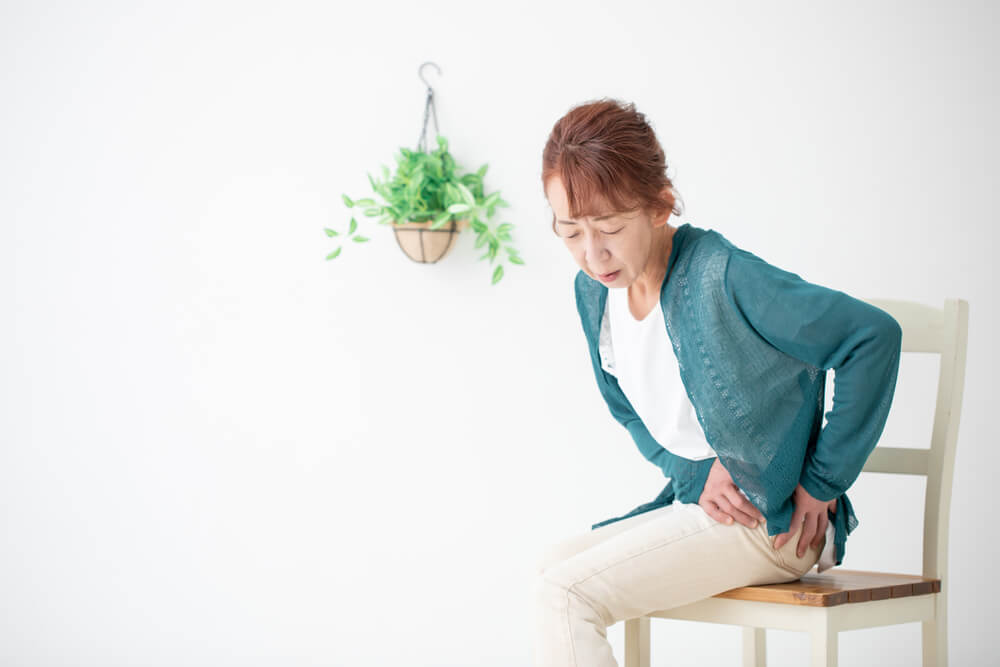The pelvic region contains many muscles, bones, joints and soft tissue that all work in coordination to support the organs in your lower abdomen and to power movements in your waist and legs. Pain in this region when sitting down can keep you from getting proper rest or enjoying your favorite activities, like recreational sports or playing with your children or grandchildren. It’s important to seek treatment for this type of pain to help you improve your quality of life.
How do I know if sitting down is causing my pelvic pain?
Sitting down for long periods of time often leads to back or pelvic pain, especially if you don’t exercise frequently. Some signs your pelvic pain might be related to prolonged sitting include:
- Sharp pain in your back
- Long-lasting pain in your back and pelvic region
- Pain and stiffness in your core, back and hips
- Pain that spreads from the lower back into your feet
- Muscle spasms in your lower back and pelvis, especially when straightening yourself
Only a health care professional can provide a proper diagnosis of your pain. If you have any of these symptoms and suspect you have pelvic pain that requires professional treatment, please visit a health care professional for assistance.
Treatment for pelvic pain
Many people with pelvic pain visit a physical therapist for treatment. Our physical therapists specialize in treatments that help reduce and prevent pelvic pain, using methods like:
- Therapeutic exercises and stretches
- Soft tissue mobilization
- Joint mobilization
- Posture guidance
- Balance exercises
- Patient education and more
In addition to visiting a physical therapist for treatment, you can also make some adjustments in your life to help reduce and prevent pelvic pain when sitting down, including:
- Getting more active — A sedentary lifestyle leads to weak and stiff muscles that are more prone to pain and injury. Some simple daily exercises, like going for a walk or swimming, can help prevent pelvic pain.
- Losing weight — Excess body weight strains the pelvic region, leading to an increase of pain when sitting down. Dieting and exercising can help you maintain a healthy body weight to reduce your chances of developing pelvic pain and other issues.
Visit Peak Performance Sports & Physical Therapy for pelvic pain treatment
Are you suffering from pelvic pain when sitting down or even when standing or trying to enjoy physical activities? Our physical therapists at Peak Performance can provide a personalized treatment routine to help you manage your pain. Contact our team today for more information about pelvic pain or to schedule an initial appointment.

